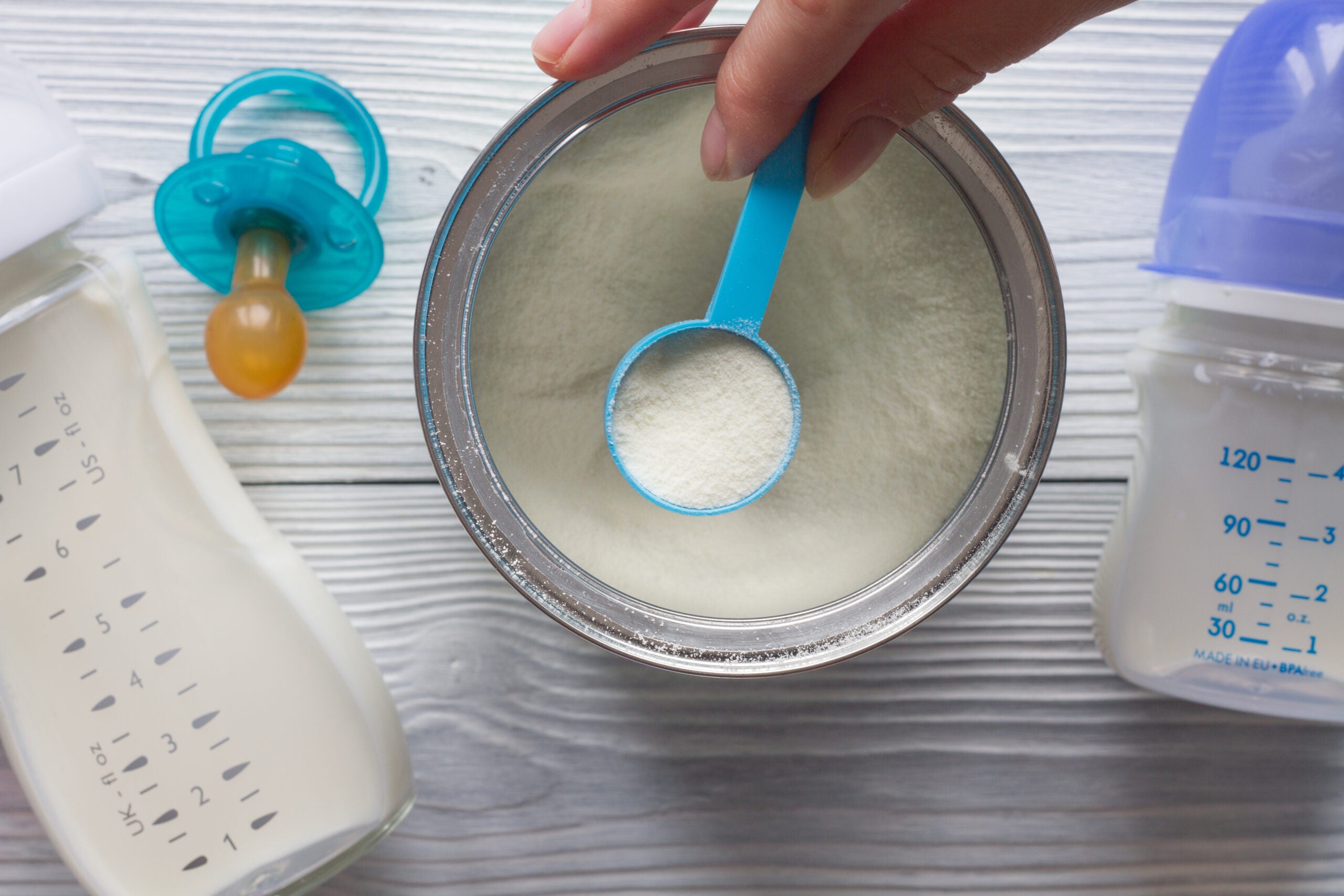Research strongly supports the benefits of staying active across a range of physical and mental health conditions for people of all ages. In the U.S., the Department of Health and Human Services provides specific guidelines for physical activity at different stages of life. This page details some guidelines and considerations for pregnancy, older adults, and … Continue reading “Physical Activity Considerations for Special Populations”
Chloride is a mineral naturally found in various foods, but our main dietary source is sodium chloride, otherwise known as table salt. Chloride carries an electric charge and therefore is classified as an electrolyte, along with sodium and potassium. It helps to regulate the amount of fluid and types of nutrients going in and out … Continue reading “Chloride”
Molybdenum is an essential trace mineral that occurs naturally in foods and is available in supplements. It is a component of four different enzymes in the body that help break down proteins, alcohol, drugs, and toxins. Molybdenum-containing enzymes also break down purines and sulfites. Purines are compounds metabolized from food that form uric acid which, … Continue reading “Molybdenum”
Manganese is a trace mineral that is essential to our bodies in small amounts. Because we cannot make it, we must obtain it in food or supplements. Manganese is a coenzyme that assists many enzymes involved in breaking down carbohydrates, proteins, and cholesterol. [1] It also assists enzymes in building bones and keeping the immune … Continue reading “Manganese”
“There is no health without oral health.” You may have heard this statement but what does it mean? The health of our mouth, or oral health, is more important than many of us may realize. It is a key indicator of overall health, which is essential to our well-being and quality of life. Although preventable … Continue reading “Oral Health”
Fluoride is a trace mineral naturally found in small amounts in a variety of foods. It is most recognized for its role in preventing and reversing dental caries and building strong teeth and bones. [1] Most fluoride is absorbed in the gut and stored in bones and teeth. Unabsorbed fluoride is excreted in urine. Children … Continue reading “Fluoride”
Copper is a naturally occurring metal found in soil, water, and rocks. Nutritionally, it is an essential trace mineral found in some foods and in supplements. It works to assist various enzymes that produce energy for the body, break down and absorb iron, and build red blood cells, collagen, connective tissue, and brain neurotransmitters. Copper … Continue reading “Copper”
Finding yourself confused by the seemingly endless promotion of weight-loss strategies and diet plans? In this series, we take a look at some popular diets—and review the research behind them. What Is It? The Mediterranean-DASH Diet Intervention for Neurodegenerative Delay, or MIND diet, targets the health of the aging brain. Dementia is the sixth leading cause … Continue reading “Diet Review: MIND Diet”
Infant formula shortages in the U.S. have occurred in the past two years largely due to widespread pandemic-related supply-chain problems. A national shortage of infant formula is undoubtedly alarming for families since infants require formula when human milk is not accessible or not available in adequate amounts. Although breastfeeding is encouraged, it is not always … Continue reading “Navigating infant formula shortages”
Avocados or “alligator pears” are known for their creamy smooth flesh and bumpy skin. They are a popular food across many cultures. Perhaps best known as the star ingredient in guacamole, they are versatile and prepared in an array of dishes, or simply eaten plain with a spoon. Although not sweet, avocados are botanically classified … Continue reading “Avocados”









